-
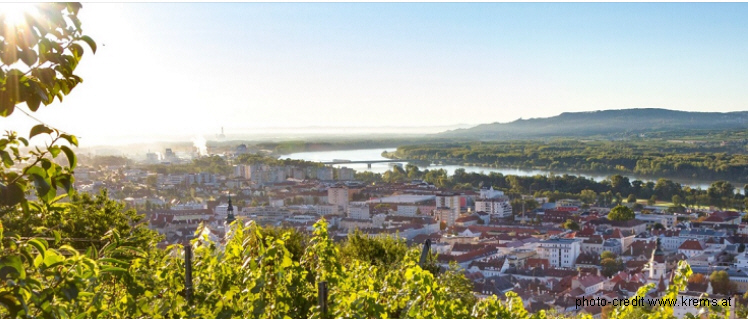
Host City Krems of 44. IAD Conference (6.Febr-9.Febr 2023), Austria: photo credit: Stadt Krems
-

Danube River, 44.IAD Conf Krems (8.2.2023), Wachau, Austria photo credit: Віктор Вишневський (UA)
-
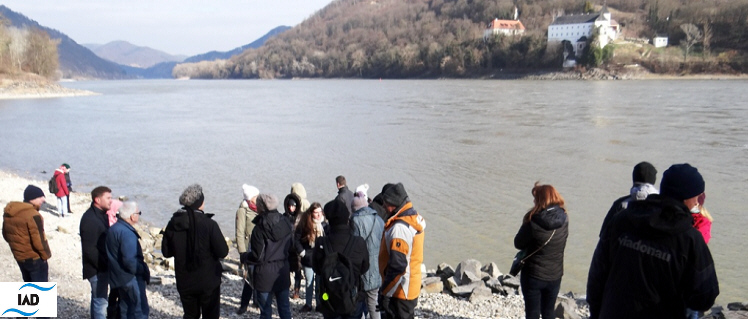
Danube River Excursion, 44.IAD Conf Krems (8.2.2023), Wachau (near Grimsing), Austria photo: K.Teu
-

Danube stretch in winter mood, Romania, 2010 photo credit: Harald Kutzenberger
-
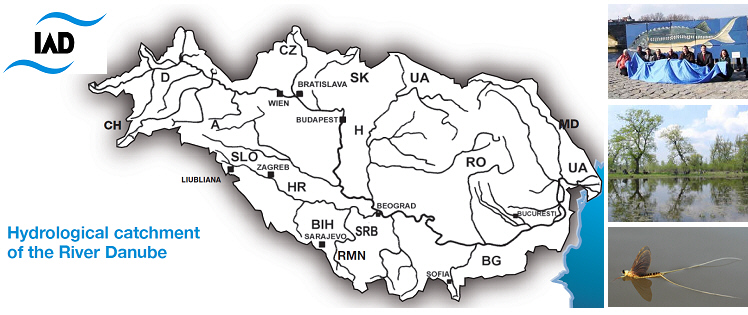
Map of the Danube River Basin and IAD-countries photo credit: several authors
-
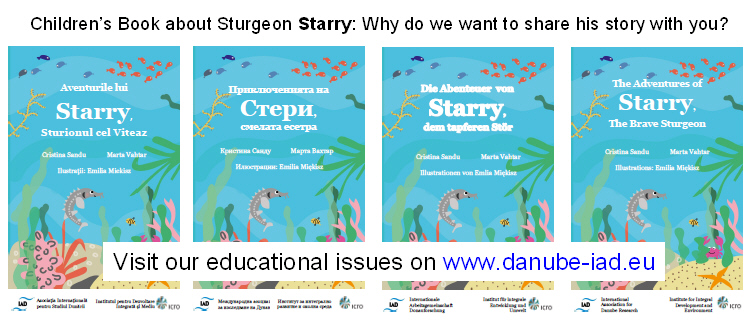
Children's Book by Sandu, Vahtar and Miękisz (2020), English Book & Translations credit: book illustrations
-

Children's Book by Sandu, Vahtar and Miękisz (2020), Multilingual Translations credit: book illustrations
-
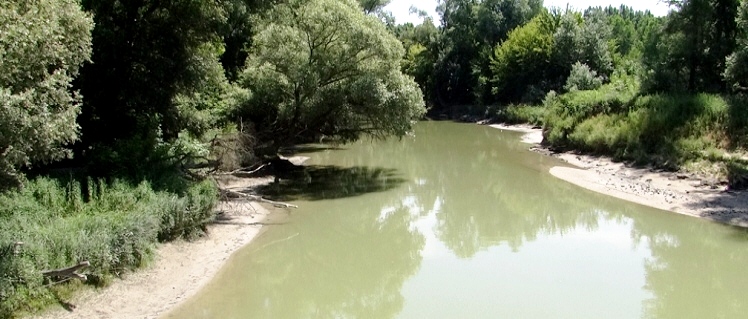
Veľkolélsky island, Danube floodplain, Slovakia, 2022 photo credit: Katrin Teubner
-
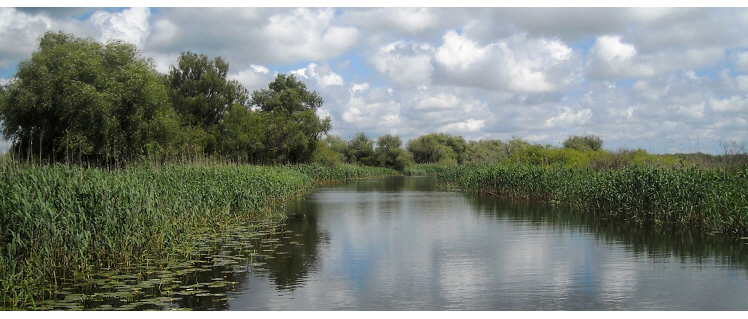
Danube channel, Romania photo credit: Cristina Sandu
-

Children's Book by Sandu, Vahtar and Miękisz (2020), Translation into Romanian credit: book illustrations
-

Sturgeon, Romania photo credit: Viorel Gavrila
-
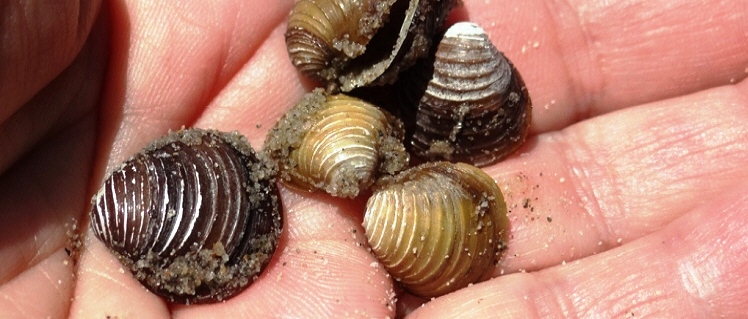
Veľkolélsky island, Corbicula sp., Slovakia. 2022 photo credit: Katrin Teubner
-

Veľkolélsky island, Slovakia, 2022 photo credit: Katrin Teubner
-
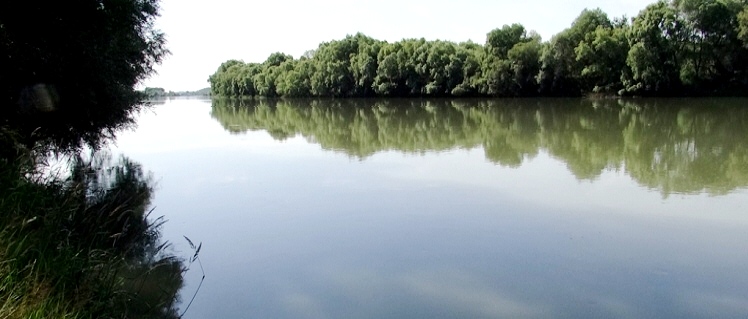
Danube sidearm near Gabčíkovo dam, Slovakia, 2022 photo credit: Katrin Teubner
-
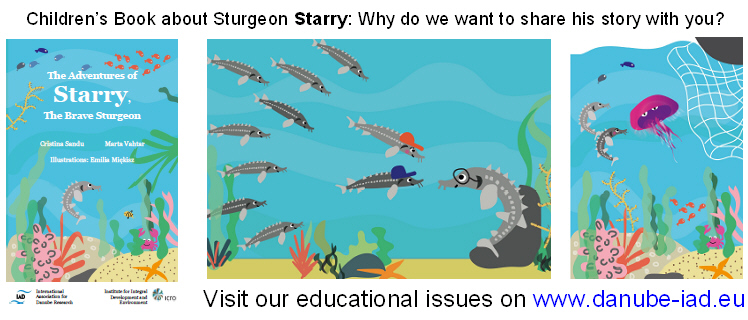
Children's Book by Sandu, Vahtar and Miękisz (2020), English credit: book illustrations
-
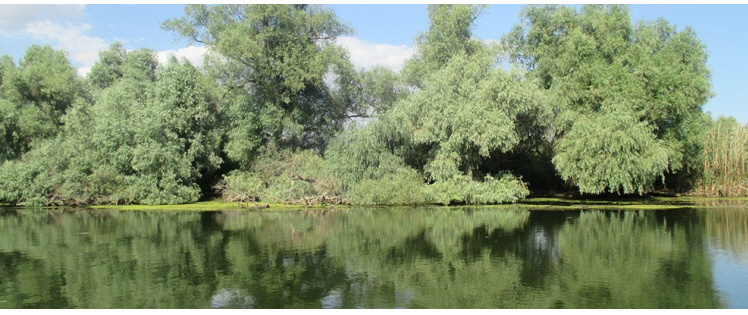
Channel Danube Delta, Romania photo credit: Cristina Sandu
-

Children's Book by Sandu, Vahtar and Miękisz (2020), Colouring Books credit: book illustrations
-
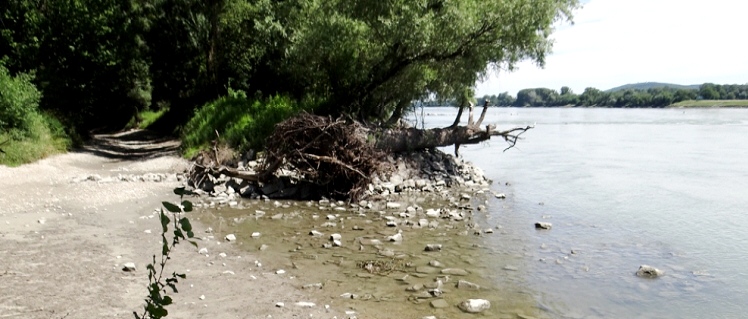
Daube river at Bratislava, Slovakia, 2022photo credit: Katrin Teubner
-

Danube River floodplain forest, Hedera helix, Austria, 2023photo credit: Katrin Teubner
-
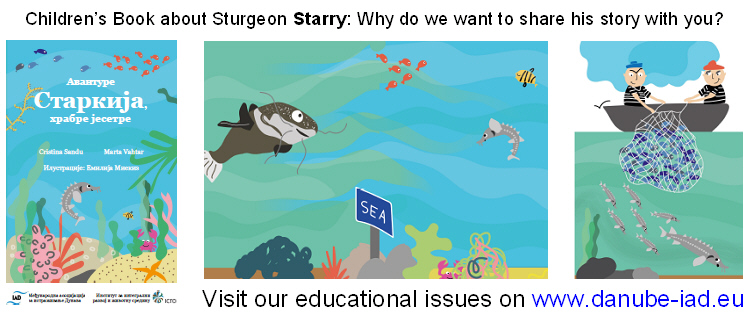
Children's Book by Sandu, Vahtar and Miękisz (2020), Translation into Serbian credit: book illustrations
-
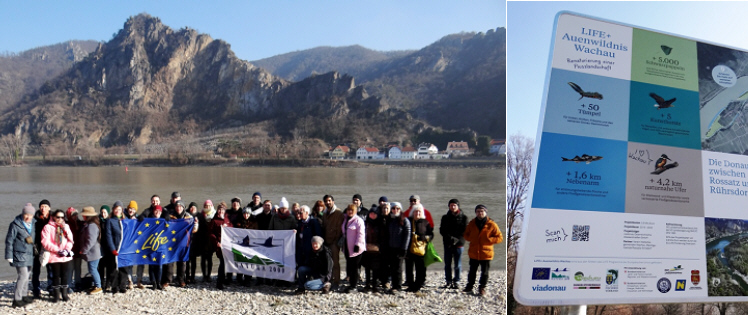
Danube River Excursion, 44.IAD Conf Krems (8.2.2023), Wachau (Rossitz-Rührdorf), Austria photo: K.Teu
-
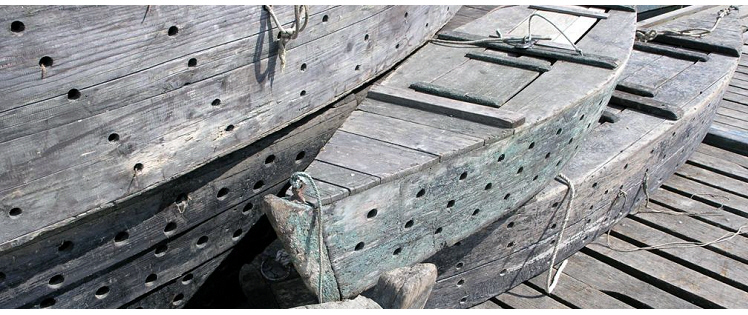
Fish catch boats in Gemenc, Hungary, 2007 photo credit: Katrin Teubner
-

Gemenc fishery, Hungary, 2007 photo credit: Katrin Teubner
-

Children's Book by Sandu, Vahtar and Miękisz (2020), Translation into Hungarian credit: book illustrations
-
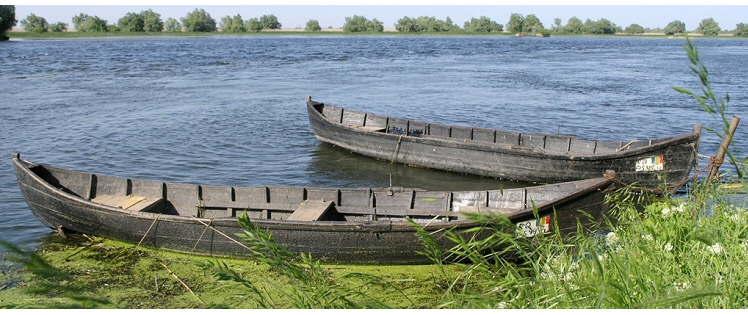
Fisherboats at village Mila, Romania, 2005 photo credit: Katrin Teubner
-
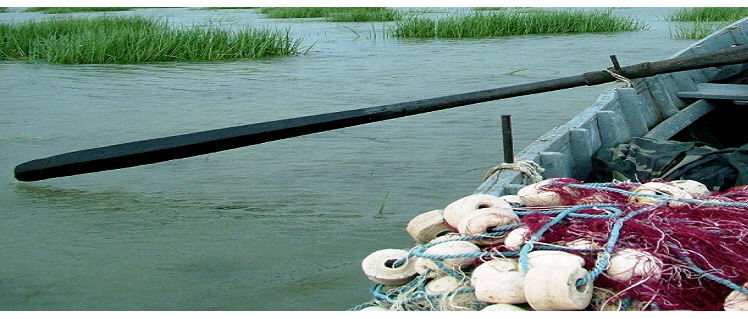
Fisherboat, Romania, 2005 photo credit: Nicolae S.P.
-

Fishermen boat, Romania photo credit: Cristina Sandu
-

Danube stretch in Orsova, Romania, 2005 photo credit: Katrin Teubner
-

Hydromorphological assessment for Danube tributaries: Drava and Mura photo credit: Ulrich Schwarz
-

Children's Book by Sandu, Vahtar and Miękisz (2020), Translation into Croatian credit: book illustrations
-
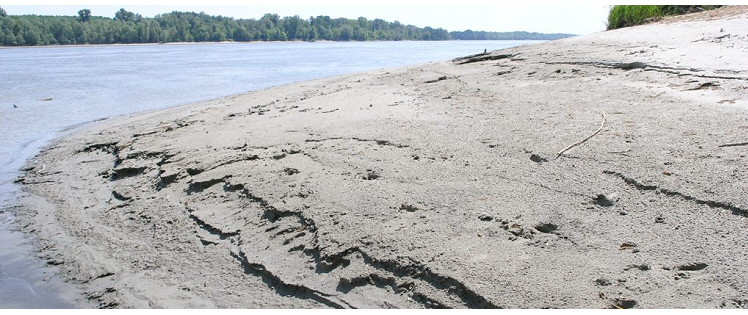
Danube stretch in Gemenc, Hungary, 2007 photo credit: Katrin Teubner
-
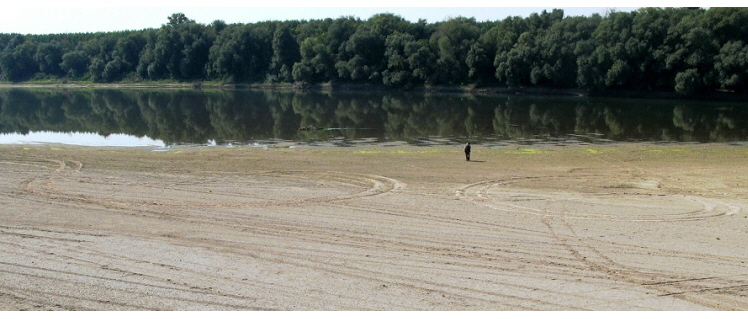
Danube side channel, Romania, 2005 photo credit: Nicolae S.P.
-
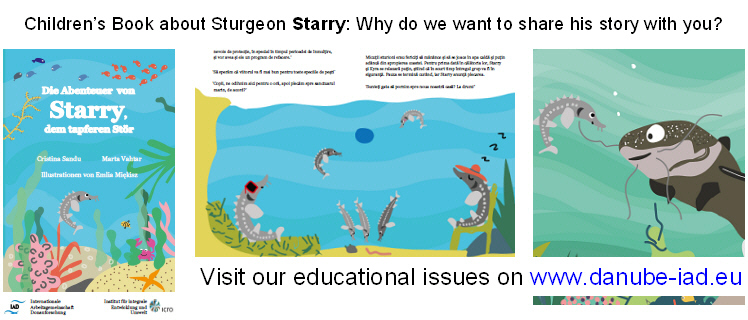
Children's Book by Sandu, Vahtar and Miękisz (2020), Translation into German credit: book illustrations
-
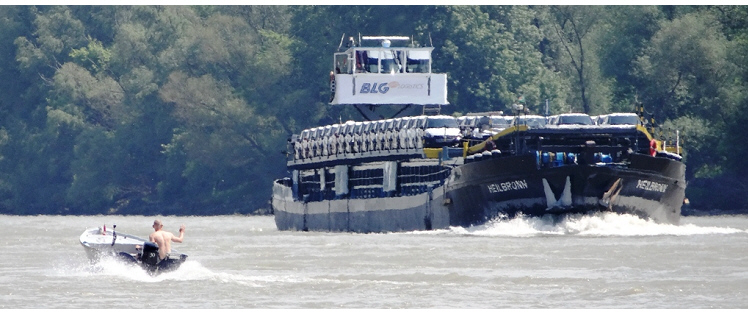
Danube Schönau, Austria, 2013 photo credit: Katrin Teubner
-
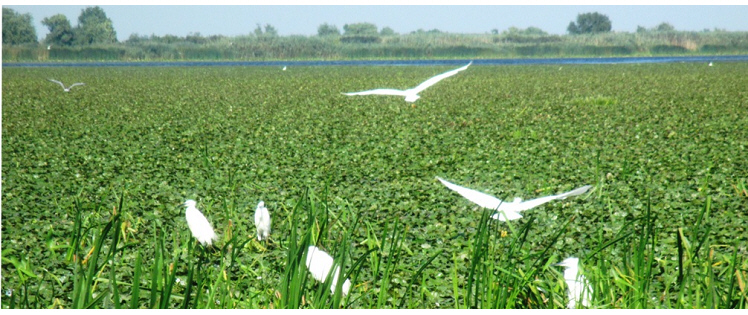
Egrets at Channel Danube Delta, Romania, 2016 photo credit: Cristina Sandu
-
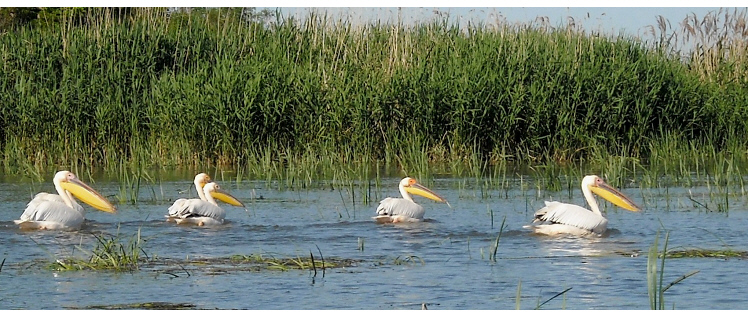
Danube Delta, pelicans, Romania photo credit: Cristina Sandu
-
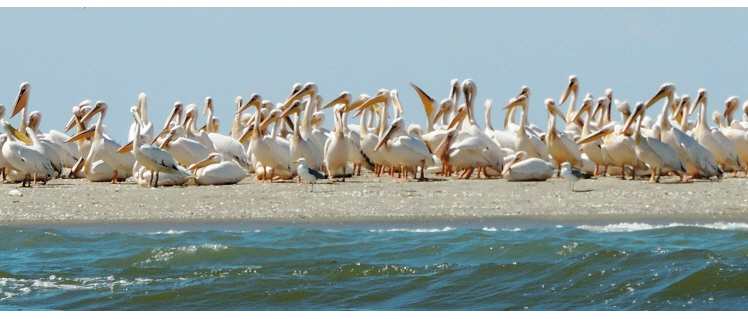
Danube Delta, pelican colony, Romania photo credit: Cristina Sandu
-
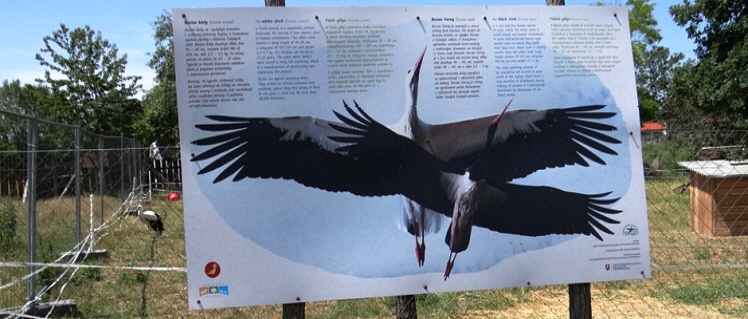
Veľkolélsky island, Slovakia, 2022photo credit: Katrin Teubner
-
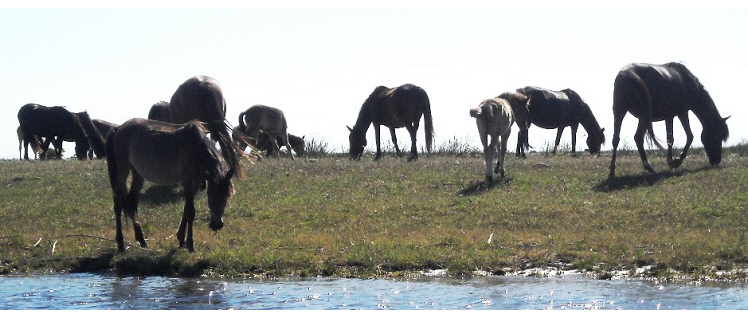
Horses in the Danube Delta, Romania photo credit: Cristina Sandu
-
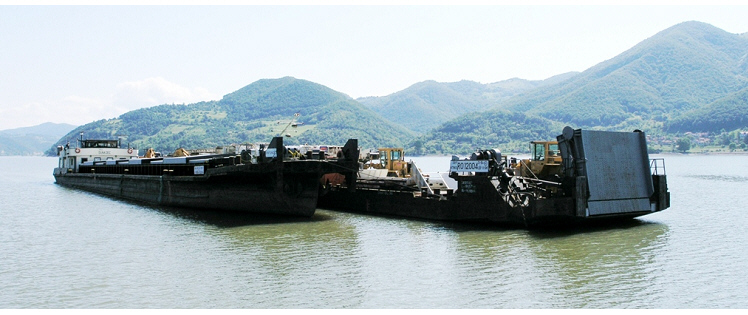
Danube, Romania, 2005 photo credit: Katrin Teubner
-
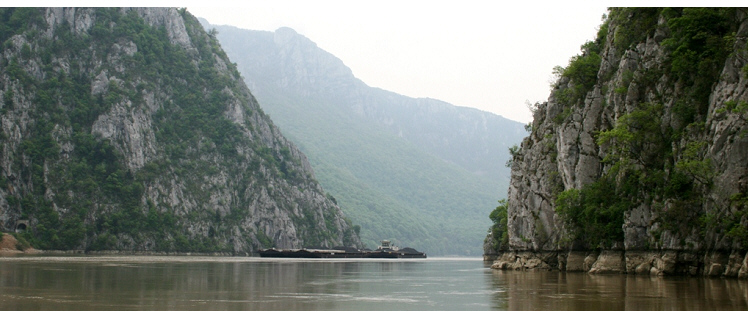
Danube, Romania photo credit: Nicolae Găldean
-
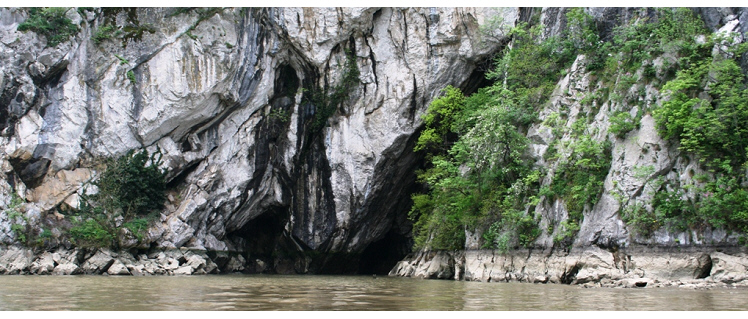
Danube, Romania photo credit: Nicolae Găldean
-
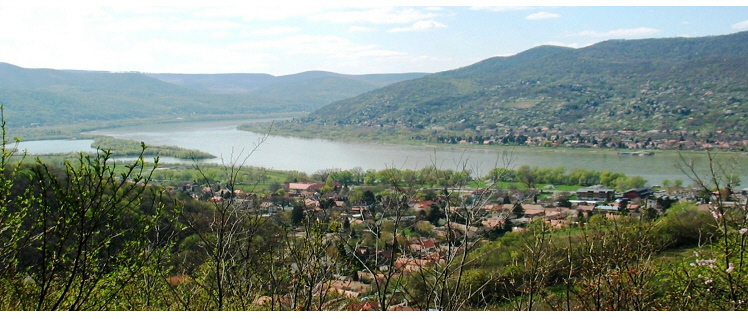
Danube at Visegrád, Hungary, 2019 photo credit: Mária Dinka
-
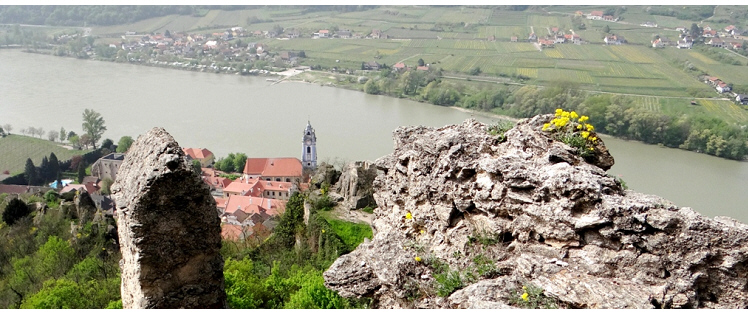
Danube stretch at town Dürnstein, Austria, 2013 photo credit: Katrin Teubner
-

Danube Delta, Chironomidae at Lake Puiu, Romania, 2005 photo credit: Katrin Teubner
-
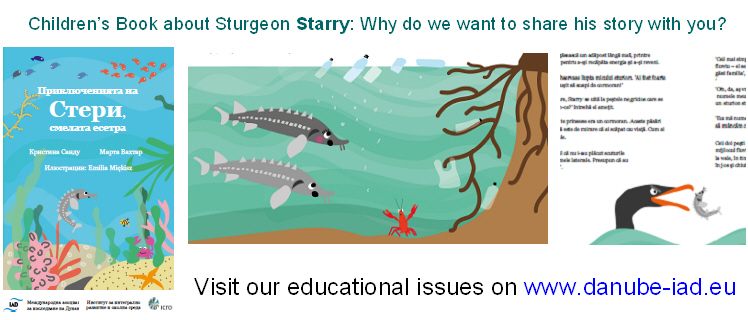
Children's Book by Sandu, Vahtar and Miękisz (2020), Translation into Bulgarian credit: book illustrations
-
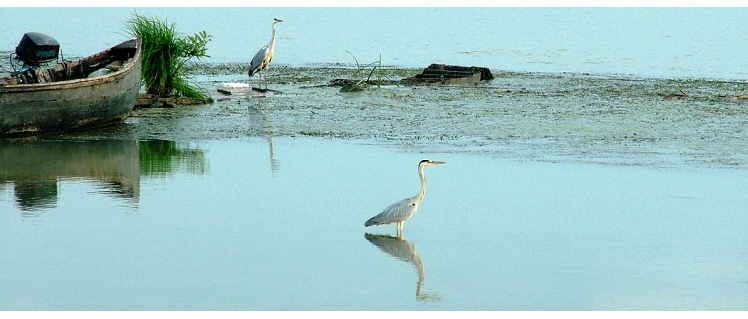
Danube Delta, Grey Herons, Romania, 2005 photo credit: Nicolae S.P.
-
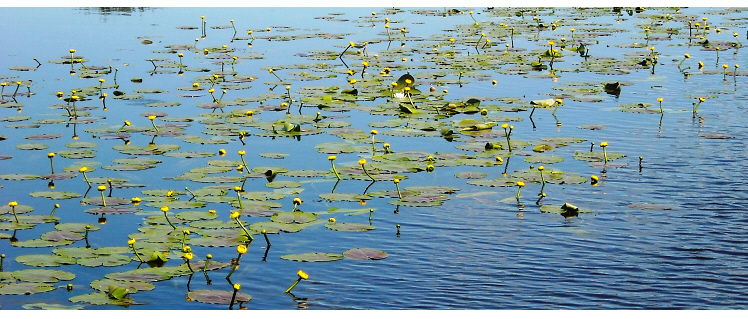
Danube Delta, Yellow Water Lily, Romania photo credit: Cristina Sandu
-

Danube Delta, stork nest, Romania photo credit: Cristina Sandu
-
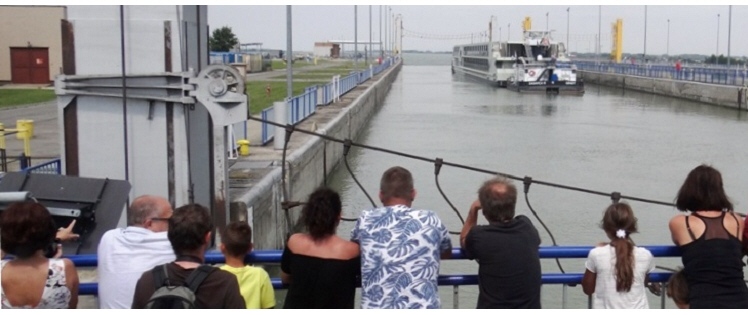
Hydroelectric power plant Gabčíkovo, Slovakia, 2018 photo credit: Katrin Teubner
-
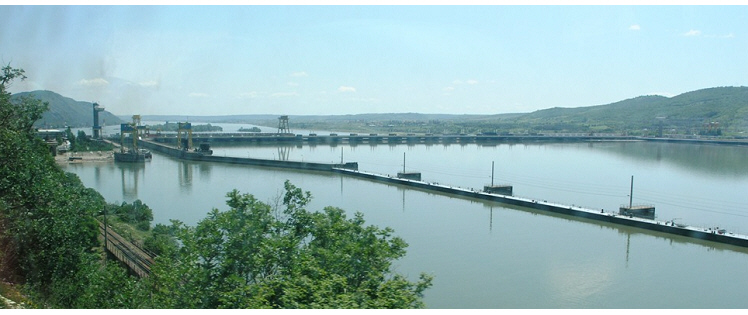
Iron Gates hydroelectric power plant, Romania, 2005 photo credit: Katrin Teubner
-

Macrophytes in the Danube Delta, Yellow Water Lily, Romania, 2005 photo credit: Katrin Teubner
-
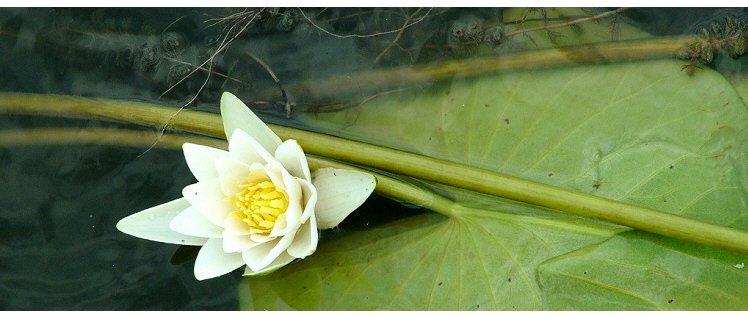
Channel Danube Delta, White Water Lily, Nymphaea alba, Romania, 2005 photo credit: Nicolae Ş.P.
-

Floodplain Danube Delta, 2005 photo credit: Nicolae Ş.P.
-
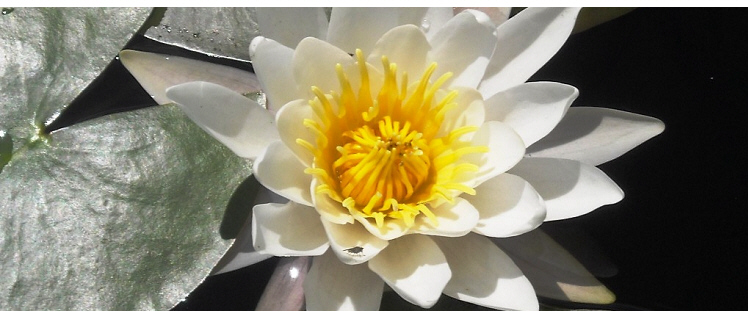
Danube Delta, White Water Lily, Nymphaea alba, Romania photo credit: Cristina Sandu
-
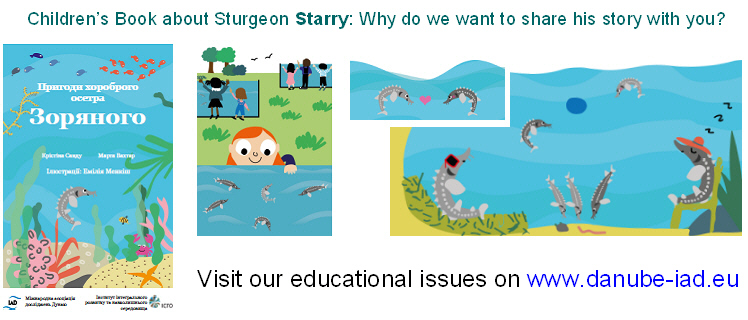
Children's Book by Sandu, Vahtar and Miękisz (2020), Translation into Ukrainian credit: book illustrations
-
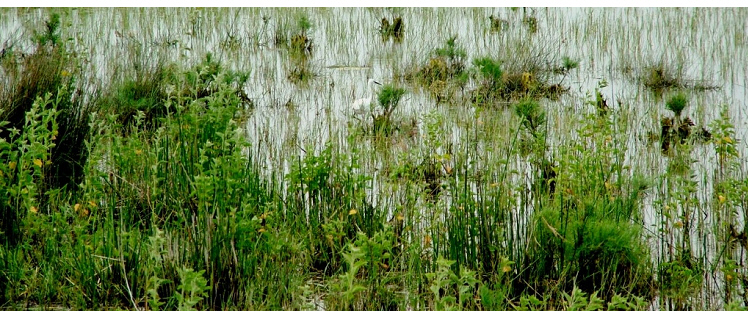
Floodplain Danube Delta, egrets, 2005 photo credit: Nicolae Ş.P.
-
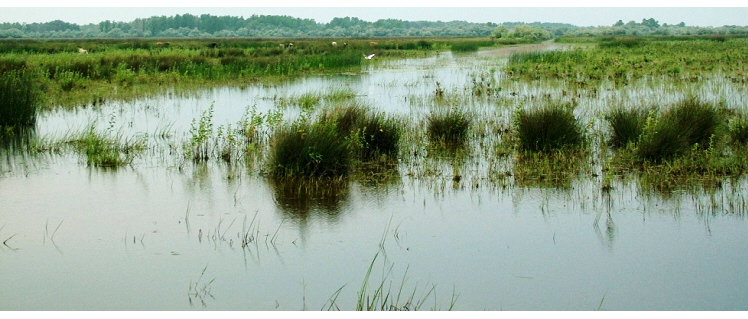
Floodplain Danube Delta, egrets, 2005 photo credit: Nicolae Ş.P.
-
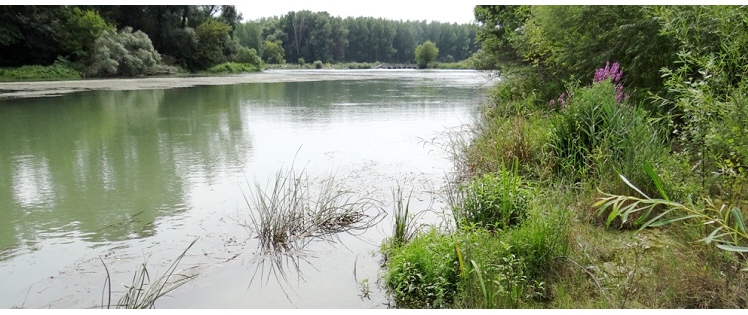
Floodplain near Gabčíkovo, Slovakia, 2018 photo credit: Katrin Teubner
-
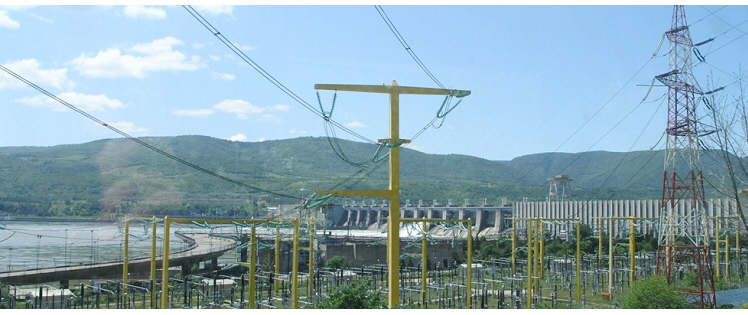
Iron Gates hydroelectric power plant, Romania, 2005 photo credit: Katrin Teubner
-

Alte Donau, Vienna, Austria, 2018 photo credit: Katrin Teubner
-
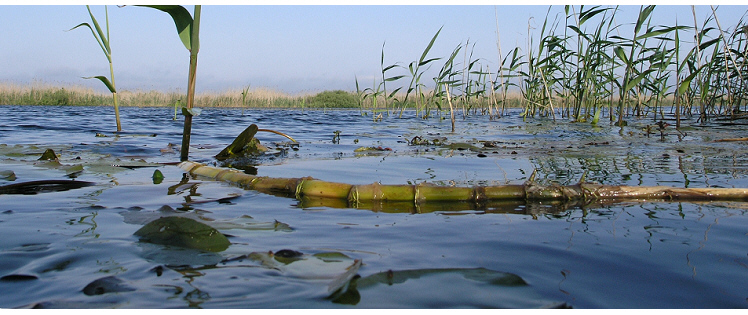
Phragmites australis in the Danube Delta, Romania, 2005 photo credit: Katrin Teubner
-
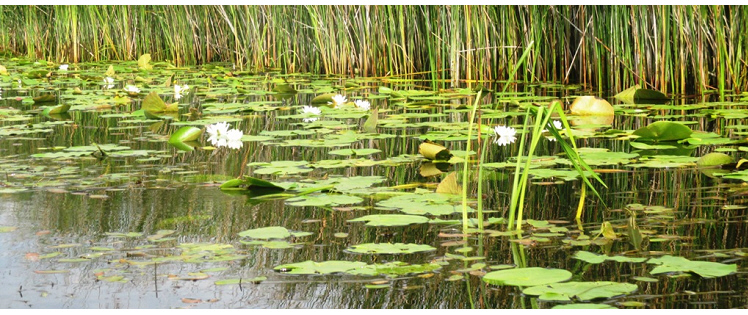
Channel Danube Delta, Romania, 2016 photo credit: Cristina Sandu
-
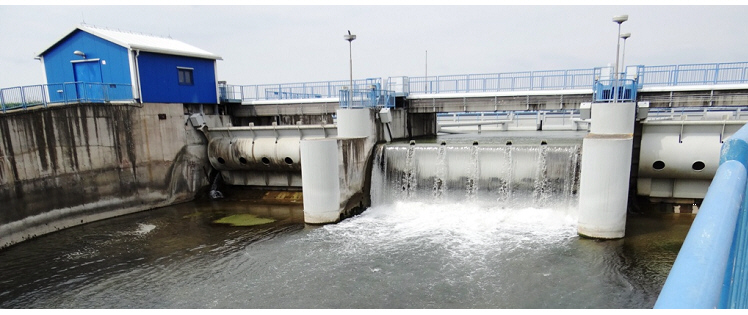
Floodplain at Gabčíkovo, Slovakia, 2018 photo credit: Katrin Teubner
-
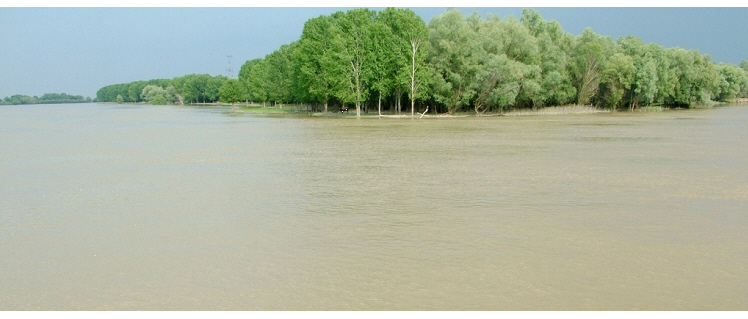
Danube, Romania, 2005 photo credit: Nicolae S.P.
-
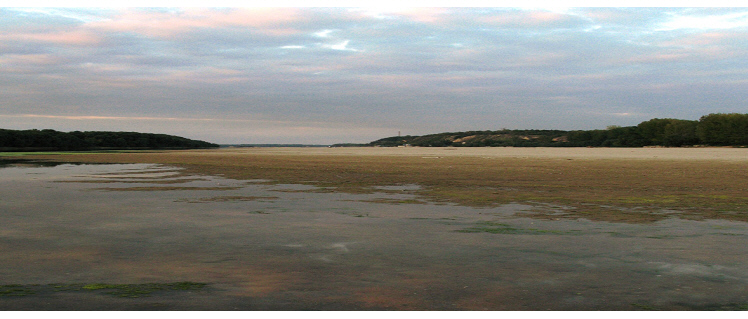
Danube, during low water level, Romania, 2005 photo credit: Nicolae S.P.
-
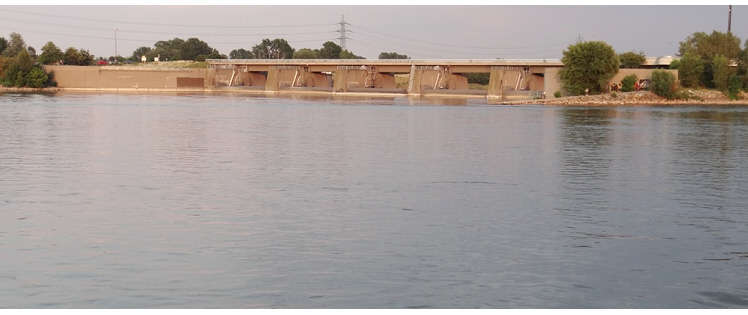
Hydroelectric power plant Grafenwoerth, Vienna, Austria, 2018 photo credit: Katrin Teubner
-
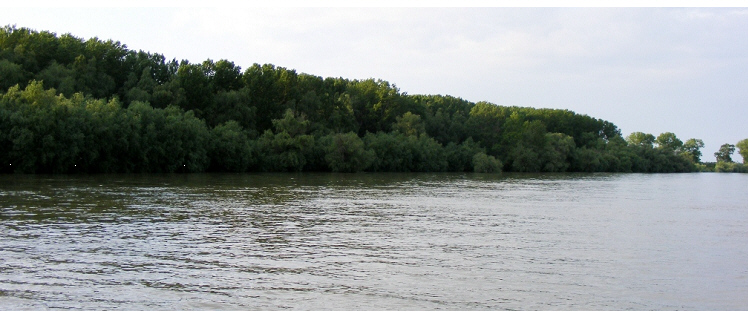
Danube, Romania photo credit: Nicolae Găldean
-

Phragmites australis in the Danube Delta, Romania, 2005 photo credit: Katrin Teubner
-
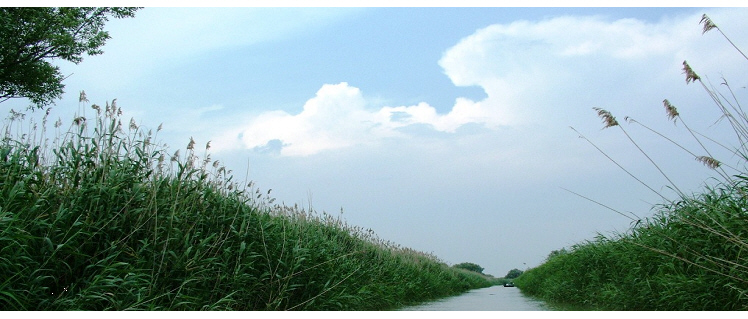
Channel Danube Delta, Romania, 2005 photo credit: Nicolae S.P.
Sturgeon 2020
Research Achievements 2015-2016
Sturgeons are “living fossils” and well known for their specific biological traits including long distance spawning migrations and their caviar. They are threatened to extinction worldwide due to human impacts on populations by overexploitation, disruption of migration and alteration of habitats. In the Danube River, the medium and long distance migratory sturgeon species are integral part of numerous traditional activities in the different cultures for centuries. They are flag-ship species and excellent indicators for the ecological status of the Danube.
Currently one out of six native Danube sturgeon species is considered extinct and all others are either close to extinction or show signs of population destabilization and decline. The figure shows for example the distribution and life cycle of the Beluga sturgeon (Huso huso), with dark blue = present regular occurrence, light blue = present occasional occurrence, dark red = past regular occurrence, and light red = past occasional occurrence (redrawn from Reinartz (2002).
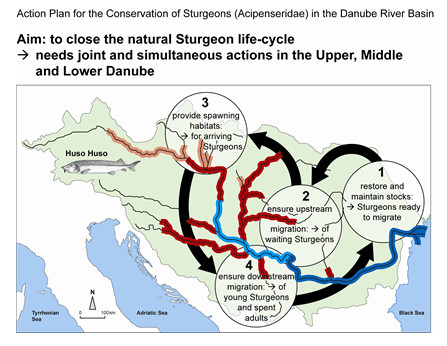
The Danube sturgeon conservation became a main research topic of IAD in 2000. A first output was the literature study of Reinartz (2002). Based on this study, IAD together with WWF, was involved in elaborating the "Action Plan for the conservation of sturgeons (Acipenseridae) in the Danube River Basin" (SAP, Bloesch et al. 2006), a legally binding document from 2005 under the Bern Convention, signed by all Danube countries.
IAD developed and scientifically accompanied international projects such as the Danube-ReConnect (SEE-TCP) and LinkStur (LIFE+ / Danubeparks) proposals in 2008 and 2011. Since 2006 and in cooperation with the ICPDR, one of the main activities was and still is to initiate, a feasibility study on making the Iron Gate dams passable for sturgeons and other fish species, which is one of the SAP measures of highest priority.
In January 2012, in the framework provided by the EU Strategy for the Danube Region (Priority Areas 4 and 6), a Danube Sturgeon Task Force including all relevant stakeholders was established to reactivate SAP implementation and to find means of coordinating and fostering the conservation of native sturgeon species in the Danube River Basin (DRB) and the adjacent Black Sea. A state-of-the-art of Danube Sturgeon conservation with a quotation of recent publications is provided in Reinartz et al. (2012). The following concrete and immediate measures in a “Sturgeon 2020 Programme” are proposed for the further implementation of the SAP:
- a well coordinated transboundary research plan and population monitoring (road map) by leading organizations and institutes with focus on sturgeon stock status, habitat, migration, genetics and the establishment of competence centres for fish and fisheries (including sturgeons);
- supporting and coordinated PR actions (raising public awareness and participation, fundraising for sturgeon projects) by authorities and NGOs (e.g. WWF and IAD);
- continuous and intensified pro-active support of ICPDR and EUSDR to promote sturgeon policy, management and legislation; this includes, amongst others, the enforcement of migration aids at the Iron Gates and Gabčíkovo dams and an increased cooperation with CITES (Convention on International Trade with Endangered Species) / TRAFFIC (the Wildlife Trade Monitoring Network) / FAO (Food and Agriculture Organization of the United Nations) to positively influence the socio-economic aspects of sturgeon conservation and to ensure a sound basis for coordinated ex situ conservation measures.
TAKE CARE OF THE STURGEONS (young Beluga – Photo: Radu Suciu)
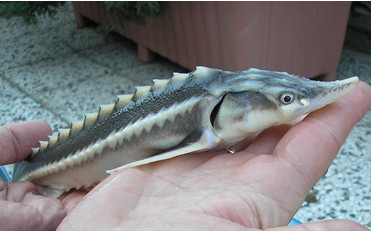
References
Reinartz, R. (2002): Sturgeons in the Danube River. Biology, status, conservation. Literature study. International Association for Danube Research (IAD), Bezirk Oberpfalz, Landesfischereiverband Bayern, e.V., 150 pp.
Bloesch, J., Jones, T., Reinartz, R. & Striebel, B. (2006): Action Plan for the conservation of sturgeons (Acipenseridae) in the Danube River Basin. Convention on the Conservation of European Wildlife and Natural Habitats (Bern Convention), Nature and Environment 144, 122 pp.
Reinartz, R., Bloesch, J., Sandu, C., Suciu, R., Lenhardt, M., Guti, G. & Jahrl, J. (2012): Sturgeon Conservation in the Danube River Basin: How to implement the Sturgeon Action Plan 2005. Extended Abstract 39th IAD Conference Szentendre.
